Home>Furniture & Design>Living Room Furniture>How To Sit In A Recliner With Lower Back Pain
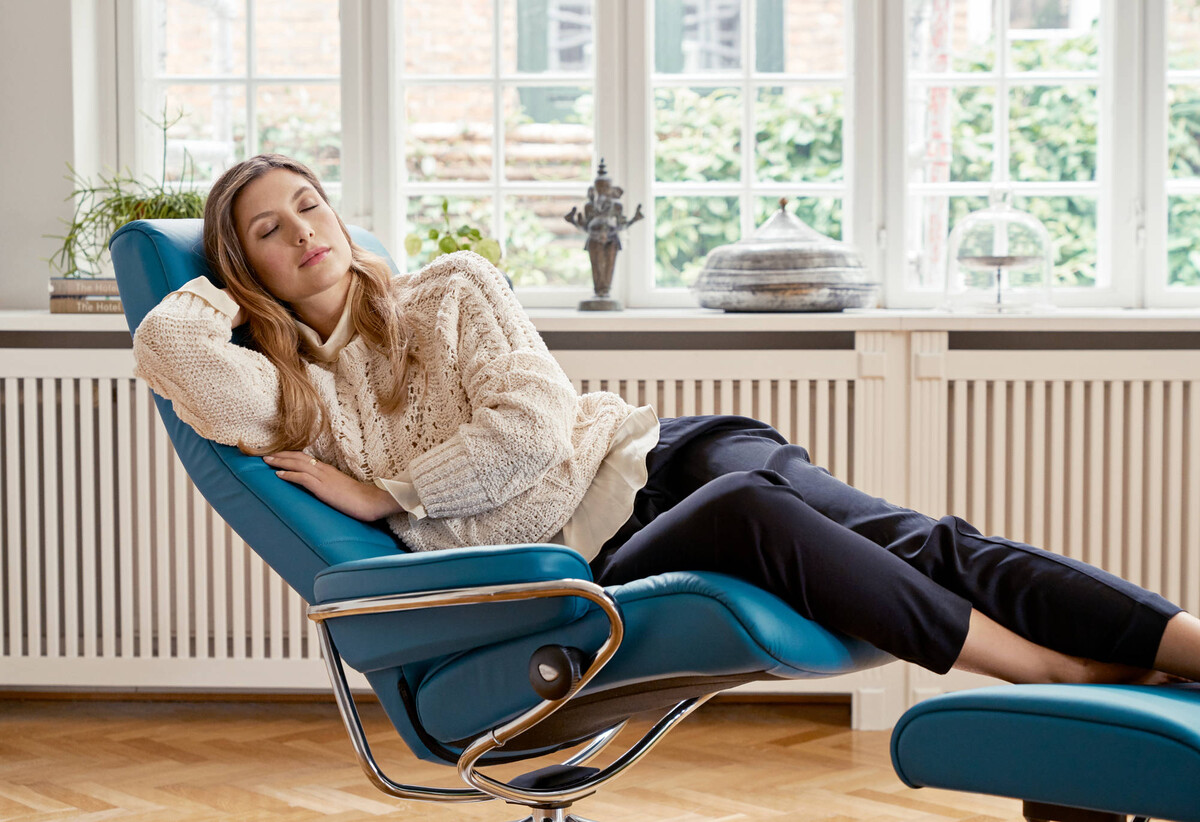

Living Room Furniture
How To Sit In A Recliner With Lower Back Pain
Modified: January 9, 2024
Discover the best way to sit in a recliner with lower back pain. Find expert tips and advice on living room furniture and design to alleviate discomfort.
(Many of the links in this article redirect to a specific reviewed product. Your purchase of these products through affiliate links helps to generate commission for Storables.com, at no extra cost. Learn more)
Introduction
Welcome to our comprehensive guide on how to sit in a recliner with lower back pain. If you experience discomfort or pain in your lower back, finding the right sitting position can make a significant difference in your comfort and overall well-being. Recliners are a popular choice for individuals with lower back pain, as they provide support, cushioning, and the ability to adjust to various positions. In this article, we will explore the causes of lower back pain, how to choose the right recliner, and offer practical tips on sitting properly in a recliner to alleviate lower back pain.
Lower back pain can be caused by various factors, such as muscle strain, herniated discs, arthritis, or poor posture. These conditions can make it challenging to find a comfortable sitting position, especially in traditional chairs that do not provide adequate lumbar support. Recliners, on the other hand, are designed to offer superior support, enable you to elevate your feet, and allow for personalized adjustments to achieve optimal comfort.
When it comes to choosing the right recliner for lower back pain, there are several factors to consider. Look for a recliner that offers excellent lumbar support, has adjustable features, and is made from high-quality materials. Additionally, it is crucial to ensure that the recliner fits your body type, providing sufficient cushioning and support for your specific needs.
Once you have selected the right recliner, it is essential to learn how to adjust it properly to achieve maximum comfort and alleviate lower back pain. The ability to recline, adjust the footrest, and find the ideal angle can make a difference in how your lower back feels while sitting. We will explore these adjustments and provide step-by-step instructions on how to find the right position for your body.
Sitting properly in a recliner with lower back pain involves maintaining good posture and distributing your weight evenly. Slouching or putting excessive pressure on certain areas of your back can exacerbate pain and discomfort. We will delve into the correct sitting posture and offer tips on how to minimize strain on the lower back.
In addition to adjusting your recliner and sitting correctly, we will discuss the use of pillows and supports to provide extra relief for your lower back. These simple accessories can make a significant difference in your comfort level by providing additional support and promoting proper alignment.
Gentle stretching exercises can also help alleviate lower back pain when sitting in a recliner for extended periods. We will introduce a few stretching techniques that you can easily incorporate into your daily routine to promote flexibility and relieve tension in your lower back.
Lastly, we will cover essential tips for maintaining good posture while sitting in a recliner and managing lower back pain effectively. These tips will empower you to take proactive steps to alleviate discomfort and maintain a healthy spine.
By following the suggestions provided in this guide, you can optimize your sitting experience in a recliner and find relief from lower back pain. Let us now delve into these topics in more detail, starting with understanding the causes of lower back pain.
Key Takeaways:
- Choose a recliner with excellent lumbar support, adjustable features, and high-quality materials to alleviate lower back pain and promote optimal comfort.
- Maintain good posture, use pillows and supports, and incorporate gentle stretching exercises to reduce lower back pain while sitting in a recliner.
Understanding Lower Back Pain
Lower back pain is a common ailment that affects millions of people worldwide. It can range from mild discomfort to debilitating pain, making it difficult to perform everyday activities. Understanding the causes and contributing factors of lower back pain is essential for effectively managing and finding relief from this condition.
There are various reasons why individuals may experience lower back pain. One of the most common causes is muscle strain or sprain. This can occur due to overuse, improper lifting techniques, or sudden movements that put strain on the muscles and ligaments of the lower back. Poor posture, especially when sitting for prolonged periods, can also contribute to muscle imbalances and strain in the lower back.
Another common cause of lower back pain is herniated discs. The discs in the spine act as cushions between the vertebrae, providing support and flexibility. When a disc becomes herniated or ruptured, the inner gel-like material can protrude and put pressure on the surrounding nerves, causing pain and discomfort. Herniated discs can result from age-related degeneration or trauma to the spine.
Arthritis, specifically osteoarthritis, can also contribute to lower back pain. This condition occurs when the protective cartilage between the vertebrae deteriorates, leading to friction and inflammation in the joints. Arthritis-related lower back pain is more common in older individuals or those with a family history of the condition.
In some cases, structural abnormalities in the spine, such as spondylolisthesis or scoliosis, can lead to lower back pain. These conditions involve the misalignment or curvature of the spine, which can put pressure on the nerves and cause discomfort.
In addition to these common causes, lifestyle factors can also contribute to lower back pain. Lack of regular exercise, sedentary behavior, obesity, and poor core strength can all increase the risk of developing lower back pain. Mental and emotional stress can also manifest as physical pain in the lower back, as tension is often stored in this area of the body.
It is important to note that lower back pain can have a significant impact on daily life and overall well-being. It can limit mobility, disrupt sleep, affect mood, and hinder productivity. Seeking proper diagnosis and treatment from a healthcare professional is crucial for determining the underlying cause of your lower back pain and developing an appropriate treatment plan.
In the next sections, we will explore how to choose the right recliner and adjust it for maximum comfort to alleviate lower back pain. We will also provide tips and techniques for sitting properly, using pillows and supports, and engaging in gentle stretching exercises to find relief. Let’s continue our journey towards a more comfortable sitting experience in a recliner with lower back pain.
Choosing the Right Recliner
When it comes to finding relief from lower back pain, choosing the right recliner is crucial. A well-designed recliner can provide the necessary support, cushioning, and adjustability to alleviate discomfort and promote proper posture. Here are some factors to consider when selecting a recliner for lower back pain:
- Lumbar Support: Look for a recliner that offers excellent lumbar support. The lumbar region, or the lower portion of your back, naturally curves inward. Proper lumbar support helps maintain this natural curve and reduces strain on the lower back. Look for recliners with built-in lumbar cushions or adjustable lumbar support mechanisms.
- Adjustability: Opt for a recliner that allows for various adjustments to accommodate your specific needs. Look for recliners that offer independent reclining positions for the backrest and footrest, as well as adjustable headrests and armrests. This flexibility will enable you to find the most comfortable position for your lower back.
- Materials and Padding: Pay attention to the quality of materials and padding used in the recliner. Look for recliners with high-density foam or memory foam cushions that provide adequate support while conforming to your body’s contours. Additionally, consider recliners made from durable and breathable fabrics or leathers that enhance comfort and longevity.
- Size and Fit: Ensure that the recliner fits your body type and proportions. A recliner that is too small or too large may not provide the proper support you need for your lower back. Sit in the recliner and check if your feet can comfortably rest on the footrest and if the backrest aligns with your spine. Your knees should be at or slightly below hip level when seated.
- Mechanism and Durability: Examine the reclining mechanism of the chair and ensure that it is sturdy and easy to use. Test the recliner’s durability by checking for any wobbling or instability when changing positions. High-quality recliners typically come with a warranty that guarantees their performance and longevity.
It is also beneficial to read reviews and seek recommendations from professionals or other individuals who have experienced lower back pain. Their insights and experiences can help guide your decision-making process and lead you to a recliner that is well-suited for your needs.
Remember that selecting the right recliner is an investment in your comfort and well-being. Take your time to research and try out different recliners before making a final decision. By considering the factors mentioned above, you can find a recliner that provides optimal support and relief for your lower back pain.
Now that you have a better understanding of how to choose the right recliner, let’s move on to the next section, where we will explore how to adjust the recliner for maximum comfort and lower back pain relief.
Adjusting the Recliner for Maximum Comfort
Once you have chosen a recliner that suits your needs and provides adequate lumbar support, it’s important to learn how to adjust it properly for maximum comfort and relief from lower back pain. Here are some steps to help you adjust your recliner:
- Seat Position: Start by adjusting the seat position of your recliner. Make sure your feet can comfortably rest on the footrest, with your knees at or slightly below hip level. This helps to promote proper blood circulation and reduce strain on your lower back.
- Backrest Adjustment: Experiment with different angles of recline for the backrest to find the position that offers the most relief for your lower back. Most recliners have a lever or button that allows you to adjust the backrest. Gradually recline the backrest until you find a comfortable position that supports the natural curve of your lower back.
- Headrest and Neck Support: If your recliner has an adjustable headrest, make sure to position it so that it provides adequate support for your neck and head. This can help reduce strain on the neck muscles and alleviate any tension that may contribute to your lower back pain.
- Armrest Position: Adjust the position of the armrests to ensure they are at a comfortable height and provide support for your arms. Improper armrest positioning can lead to unnecessary stress on your shoulders and upper back, exacerbating lower back pain.
- Use the Locking Mechanism: Some recliners come with a locking mechanism that allows you to fix the desired reclined position. Utilize this feature to maintain your preferred angle and prevent accidental shifting of the backrest or footrest.
- Experiment with Heat and Massage Features: If your recliner has heat or massage functions, try using them to help soothe your lower back. Heat therapy can relax tense muscles, while massage functions can promote blood circulation and alleviate discomfort.
Remember, everyone’s comfort preferences are unique, so take the time to find the adjustments that work best for you. It may be helpful to try out different positions and angles over a period of time to determine which settings provide the most relief for your lower back pain.
Additionally, it’s important to note that excessive reclining or spending too much time in a reclined position can potentially worsen your lower back pain. It’s recommended to alternate between sitting upright and reclining to prevent prolonged strain on your back. Listen to your body and make adjustments accordingly.
Now that you know how to adjust your recliner for maximum comfort, let’s move on to the next section, where we will explore how to sit properly in a recliner with lower back pain.
Sitting Properly in a Recliner with Lower Back Pain
When it comes to managing lower back pain while sitting in a recliner, proper posture is key. Maintaining good posture can help alleviate strain on your lower back and promote optimal spinal alignment. Here are some tips on how to sit properly in a recliner to minimize lower back pain:
- Align Your Spine: Sit with your back against the backrest and ensure that your spine is aligned from your lower back to your neck. Avoid slouching or rounding your shoulders forward, as this can strain your lower back. Instead, sit up straight and engage your core muscles to support your spine.
- Use the Lumbar Support: If your recliner has built-in lumbar support or a separate lumbar cushion, make sure to utilize it. Position the lumbar support at the curve of your lower back to maintain its natural arch. This helps reduce pressure on the discs and muscles in your lower back.
- Distribute Your Weight Evenly: Avoid placing excessive weight on one side of your body, as this can lead to imbalances and further discomfort. Sit evenly on your buttocks, ensuring equal weight distribution between both hips.
- Keep Your Feet Supported: Rest your feet comfortably on the footrest or ottoman to promote proper spinal alignment. Avoid dangling your feet or having them unsupported, as this can strain your lower back. Adjust the footrest height to ensure your knees are at or slightly below hip level.
- Avoid Crossing Your Legs: Crossing your legs can throw off your body’s alignment and place strain on your lower back. Instead, keep both feet planted on the footrest or ottoman, maintaining an even and balanced position.
- Take Breaks and Change Positions: Sitting for prolonged periods, even in a recliner, can contribute to lower back pain. It’s important to take regular breaks and change positions to prevent stiffness and muscle fatigue. Stand up, stretch, and walk around every 30 minutes to promote blood circulation and relieve pressure on your spine.
By practicing these tips, you can significantly reduce strain on your lower back and make your recliner more comfortable for extended periods of sitting. However, it’s important to listen to your body and make adjustments as needed. Everyone’s comfort preferences and lower back conditions are unique, so feel free to modify these recommendations to suit your individual needs.
In the next section, we will explore how to use pillows and supports to provide additional relief for your lower back while sitting in a recliner.
When sitting in a recliner with lower back pain, use a small cushion or rolled-up towel to support the natural curve of your lower back. This can help alleviate pressure and provide better support for your spine.
Read more: How To Sit In An Office Chair With Back Pain
Using Pillows and Supports for Added Relief
When sitting in a recliner with lower back pain, incorporating pillows and supports can provide additional relief and support for your lower back. These simple accessories can help promote better posture, reduce strain, and enhance comfort. Here are some suggestions for using pillows and supports:
- Lumbar Pillows: Place a lumbar pillow or cushion at the curve of your lower back to provide extra support and maintain the natural arch of your spine. Lumbar pillows are specifically designed to promote proper alignment and reduce pressure on your lower back.
- Seat Cushions: If you find that your recliner’s seat is too firm, you can use a seat cushion to add extra padding and support. Look for cushions that are designed to distribute weight evenly, relieve pressure points, and promote proper posture.
- Neck Pillows or Rolls: If you experience neck pain or discomfort along with your lower back pain, consider using a neck pillow or roll. These supports can provide cushioning and alignment for your neck, helping reduce strain and promoting a more comfortable sitting position.
- Leg Pillows: Elevating your legs can help alleviate pressure on your lower back and improve circulation. If your recliner does not have an adjustable footrest, you can use a leg pillow or cushion to elevate your knees and calves. This can reduce strain on your lower back and promote relaxation.
- Body Pillows: Full-body pillows can be used to provide support and alignment for your entire body while reclining. These long pillows can be positioned to support your back, neck, and legs, relieving pressure on your lower back and promoting a more comfortable and relaxed sitting experience.
Experiment with different types and sizes of pillows and supports to find what works best for you. Every individual’s needs and preferences are unique, so it may take some trial and error to determine the ideal combination of supports that provide maximum relief for your lower back pain.
Remember to adjust and reposition the pillows and supports as needed to maintain their effectiveness and ensure proper support throughout your sitting session. Regularly fluffing and cleaning the pillows will also help maintain their shape and comfort.
Using pillows and supports in conjunction with proper posture and sitting techniques can greatly enhance your comfort and reduce lower back pain while sitting in a recliner. However, it’s important to consult with your healthcare provider or a specialist if you have severe or chronic lower back pain, as they can provide personalized recommendations and guidance.
In the next section, we will explore gentle stretching exercises that you can incorporate into your routine to find further relief from lower back pain while sitting in a recliner.
Gentle Stretching Exercises for Relief
Incorporating gentle stretching exercises into your daily routine can provide significant relief for lower back pain when sitting in a recliner. These exercises help promote flexibility, improve range of motion, and alleviate muscle tension. Here are some stretching exercises that you can easily perform while sitting in a recliner:
- Seated Forward Bend: Sit at the edge of your recliner with your feet planted on the floor. Extend your arms forward and hinge at your hips, slowly lowering your torso towards your thighs. Reach as far as comfortable and feel a gentle stretch in your lower back and hamstrings. Hold the position for 10-15 seconds, then slowly return to an upright position.
- Seated Spinal Twist: Sit upright in your recliner with your feet flat on the floor. Slowly twist your torso to one side, using the armrest or the back of the recliner for support. Hold the twist for 10-15 seconds, then twist to the other side. This exercise helps mobilize and stretch the muscles along the spine.
- Single Knee to Chest Stretch: Sit comfortably in your recliner with your feet flat on the floor. Lift one knee towards your chest, gently grasping it with both hands. Hold the stretch for 10-15 seconds, feeling a gentle stretch in your lower back and glutes. Repeat with the other knee.
- Neck Rolls: Sit upright in your recliner and gently drop your chin towards your chest. Slowly roll your head to the right, bringing your right ear towards your right shoulder. Hold for a few seconds, then roll your head to the left. Repeat the motion, moving your head in a circular motion, to release tension in your neck and upper back.
- Ankle Rotations: Sit with your feet flat on the floor. Lift one foot off the ground and rotate your ankle in a circular motion, first in one direction and then in the opposite direction. Repeat the motion with the other foot. Ankle rotations help promote circulation and flexibility in the lower legs and feet.
Remember to perform these stretches in a slow and controlled manner, without forcing any movements or causing pain. If you experience any discomfort or if the stretches exacerbate your lower back pain, stop immediately and consult with a healthcare professional.
It’s important to note that these stretching exercises should be performed in addition to regular physical activity and exercise. Incorporating activities such as walking, swimming, or stretching routines can further strengthen the muscles, improve posture, and reduce the likelihood of experiencing lower back pain while sitting in a recliner.
Now that you have learned some gentle stretching exercises for lower back pain relief, let’s move on to the next section, where we will discuss maintaining good posture while sitting in a recliner.
Maintaining Good Posture While Sitting in a Recliner
Maintaining good posture is essential for managing lower back pain and ensuring optimal comfort while sitting in a recliner. Proper posture helps align the spine, distribute weight evenly, and reduce strain on the lower back. Here are some tips to help you maintain good posture while sitting in a recliner:
- Sit with Your Back Against the Backrest: Ensure that your entire back is supported by the recliner’s backrest. Avoid slouching or leaning forward, as this can strain your lower back. Instead, sit up straight and make contact with the backrest to maintain proper alignment.
- Engage Your Core Muscles: Tuck in your abdominal muscles slightly to engage your core. This helps support your spine and reduces strain on your lower back. Remember to breathe deeply and relax your upper body while engaging your core.
- Align Your Hips and Knees: Keep your hips and knees at approximately a 90-degree angle while sitting in the recliner. Avoid crossing your legs or allowing your knees to rise above your hip level, as this can increase strain on your lower back.
- Relax Your Shoulders: Ensure that your shoulders are relaxed and not hunched or elevated. Let your arms hang naturally or rest them on the armrests, without tensing your shoulder muscles. Relaxed shoulders promote proper posture and reduce tension in the upper back and neck.
- Position Your Head Correctly: Keep your head aligned with your spine, avoiding excessive forward or backward tilting. Imagine a string pulling gently upwards from the top of your head, straightening your neck and elongating your spine.
- Take Micro Breaks: Even with good posture, sitting for extended periods can still lead to discomfort and stiffness. Take micro breaks and change positions every 30 minutes. Stand up, stretch, and move around to relieve any tension in your muscles and promote proper blood circulation.
- Use Corrective Aids: If you find it challenging to maintain good posture in your recliner, consider using posture-correcting aids such as a posture brace or cushion. These aids can help remind you to sit upright and provide additional support for your back.
Remember that practicing good posture is a habit that requires conscious effort and regular reminders. It may feel uncomfortable or unnatural at first, but with time and practice, it will become second nature and greatly benefit your overall comfort and lower back health.
Now that you are equipped with tips for maintaining good posture, let’s move on to the next section, where we will discuss additional tips for managing lower back pain while sitting in a recliner.
Additional Tips for Managing Lower Back Pain in a Recliner
While proper posture and adjustments are key factors in managing lower back pain while sitting in a recliner, there are additional tips and strategies that can contribute to your overall comfort and well-being. Consider implementing the following suggestions:
- Limit Sitting Time: To prevent prolonged strain on your lower back, avoid sitting in your recliner for extended periods. Take frequent breaks to stretch, stand, and move around. Incorporate regular physical activity into your day to keep your muscles strong and flexible.
- Apply Heat or Cold Therapy: If you experience muscle soreness or inflammation, consider applying heat or cold therapy to your lower back. Use a heating pad or warm towel for soothing heat, or try an ice pack wrapped in a cloth for cold therapy. Alternate between the two methods, and remember to use them in moderation.
- Stay Hydrated: Proper hydration is essential for maintaining healthy spinal discs and soft tissues. Drink plenty of water throughout the day and limit your consumption of dehydrating beverages such as caffeinated or sugary drinks. Hydration promotes spinal health and can help alleviate lower back pain.
- Practice Stress Management: Stress and tension can contribute to muscle tightness and exacerbate lower back pain. Incorporate stress management techniques such as deep breathing exercises, meditation, or engaging in activities you enjoy to reduce stress levels and promote relaxation.
- Consider Ergonomic Accessories: In addition to using pillows and supports, consider using other ergonomic accessories to enhance your sitting experience. This may include footrests, laptop stands, or adjustable tables that allow you to maintain proper posture and reduce strain on your lower back.
- Seek Professional Help: If your lower back pain persists or worsens despite incorporating these strategies, it is advisable to consult with a healthcare professional. They can provide an accurate diagnosis, offer personalized recommendations, and suggest additional treatment options tailored to your specific needs.
Remember to listen to your body and pay attention to any discomfort or pain you may experience. Each individual’s journey with lower back pain is unique, and it may require some trial and error to find the right combination of strategies that work best for you.
By implementing these additional tips and being mindful of your posture, adjustments, and lifestyle habits, you can effectively manage lower back pain and find greater comfort while sitting in a recliner. Ultimately, finding relief from lower back pain requires a holistic approach that encompasses proper posture, regular movement, and healthy lifestyle choices.
Now that you have a comprehensive set of strategies, it’s time to put them into practice and enjoy a more comfortable sitting experience in your recliner.
Conclusion
Managing lower back pain while sitting in a recliner is within your reach. By understanding the causes of lower back pain, choosing the right recliner, and making necessary adjustments, you can significantly enhance your comfort and overall well-being. Remember to prioritize good posture, distribute your weight evenly, and utilize pillows and supports to further alleviate strain on your lower back.
Incorporating gentle stretching exercises and taking micro breaks to move and stretch can help prevent stiffness and improve flexibility. It is also important to stay hydrated, manage stress, and listen to your body’s signals to ensure that you are practicing self-care and maintaining a healthy lifestyle.
While these strategies can provide relief for mild to moderate lower back pain, it is crucial to consult with a healthcare professional if you experience severe or chronic pain. They can provide a proper diagnosis and offer tailored recommendations to address your specific needs.
Remember, everyone’s journey with lower back pain is unique. It may take time, patience, and experimentation to find the combination of strategies that work best for you. Trust your instincts, make adjustments as needed, and be proactive in seeking the support and guidance necessary to manage your lower back pain effectively.
With the tips and techniques outlined in this comprehensive guide, you have a solid foundation for finding relief and enhancing your sitting experience in a recliner. By making conscious choices, prioritizing your well-being, and maintaining a healthy lifestyle, you can reclaim comfort and reduce the impact of lower back pain on your daily life.
Now, it’s time to put your knowledge into action and enjoy the benefits of a well-supported, comfortable recliner experience for your lower back. Embrace the newfound comfort, and live your life to the fullest, free from the limitations imposed by lower back pain.
Frequently Asked Questions about How To Sit In A Recliner With Lower Back Pain
Was this page helpful?
At Storables.com, we guarantee accurate and reliable information. Our content, validated by Expert Board Contributors, is crafted following stringent Editorial Policies. We're committed to providing you with well-researched, expert-backed insights for all your informational needs.
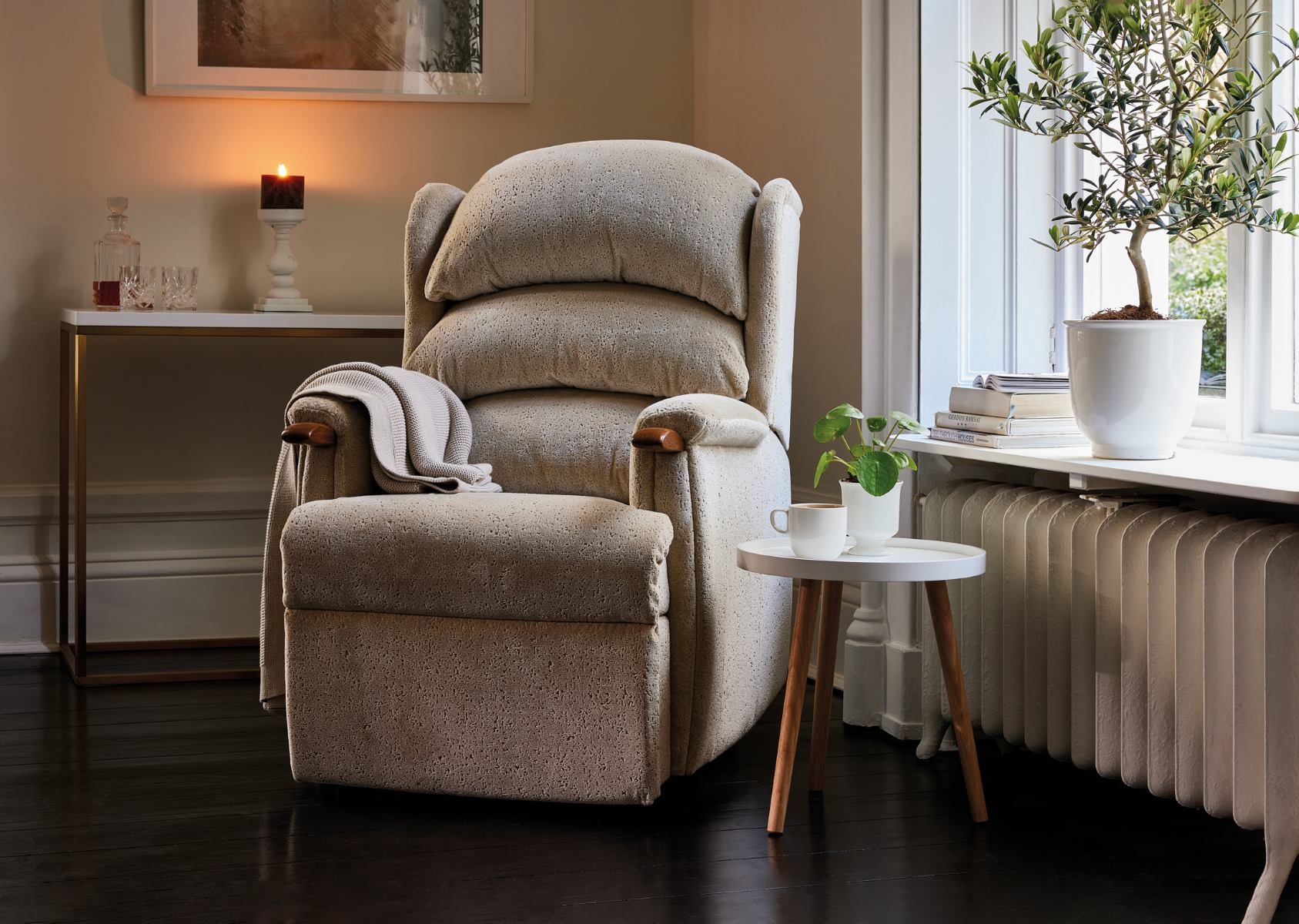
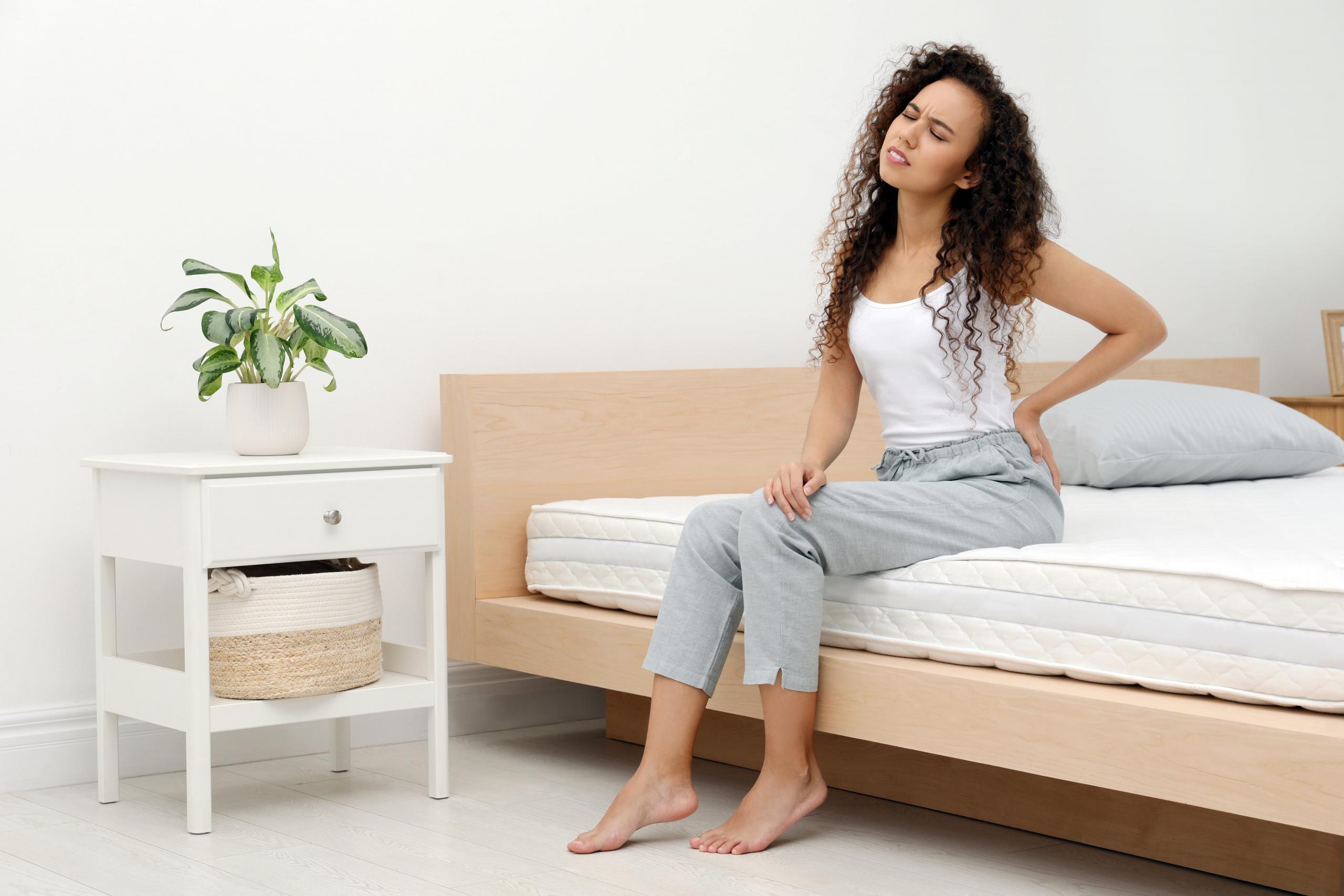
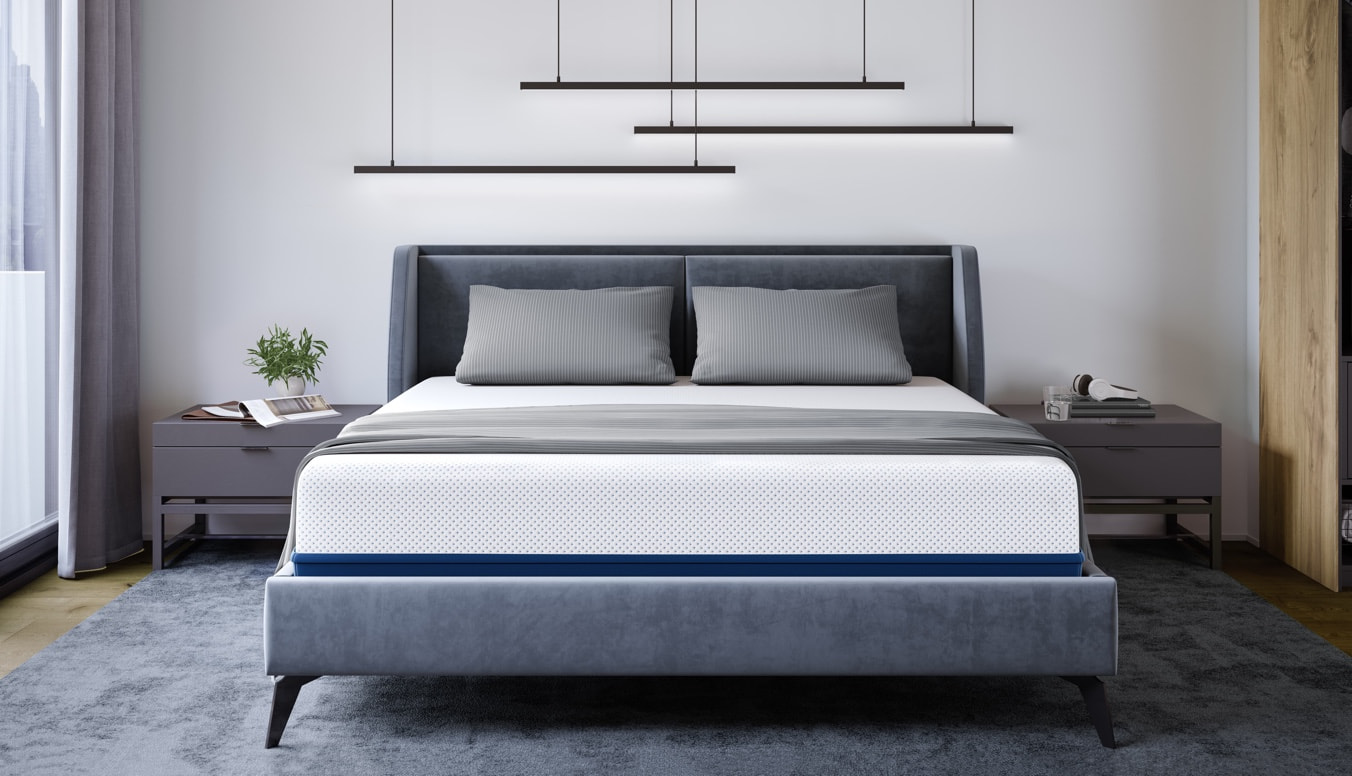
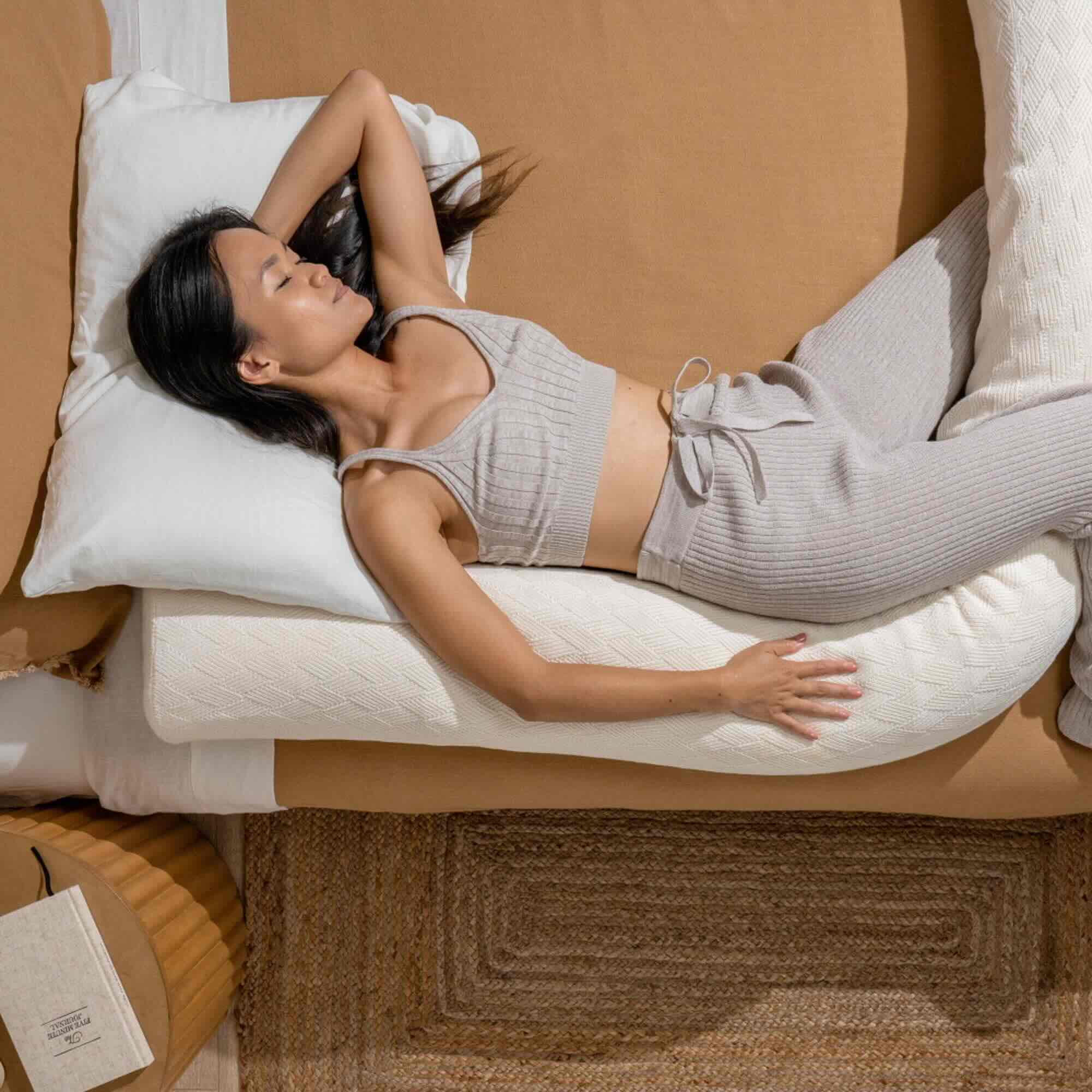
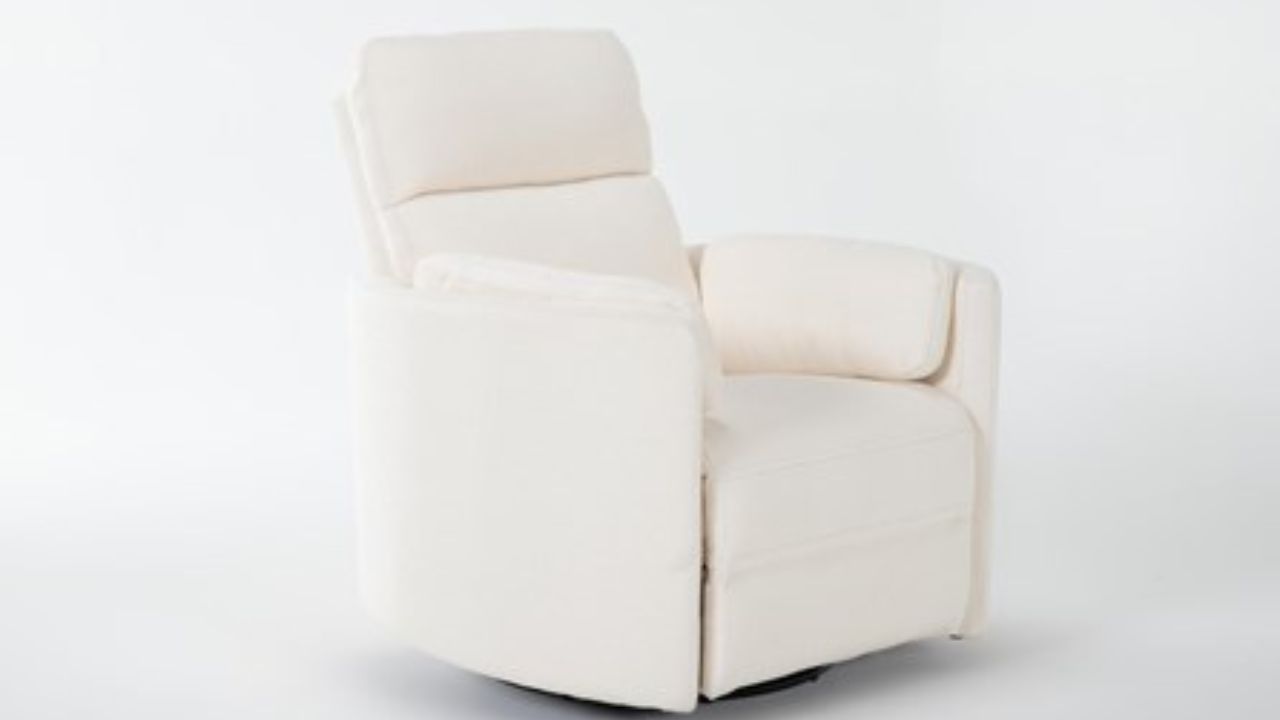
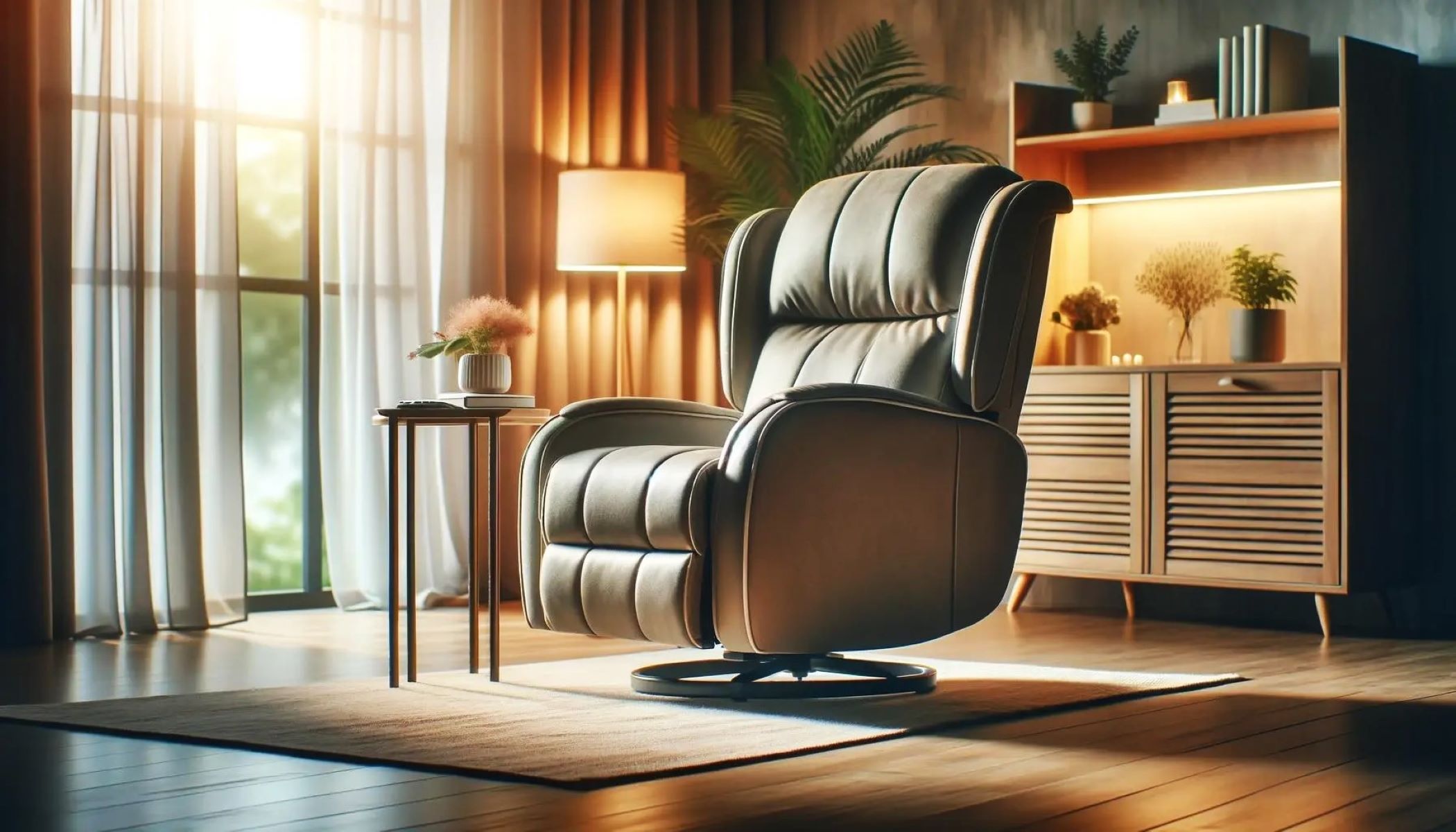
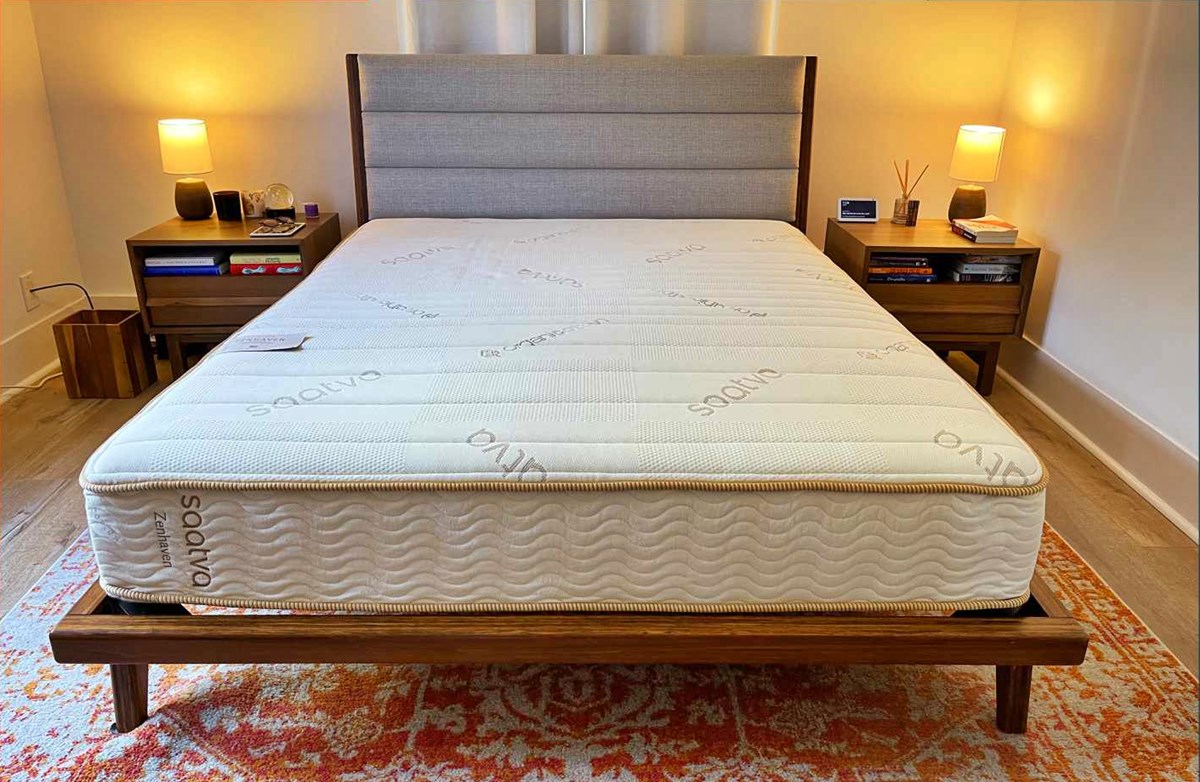
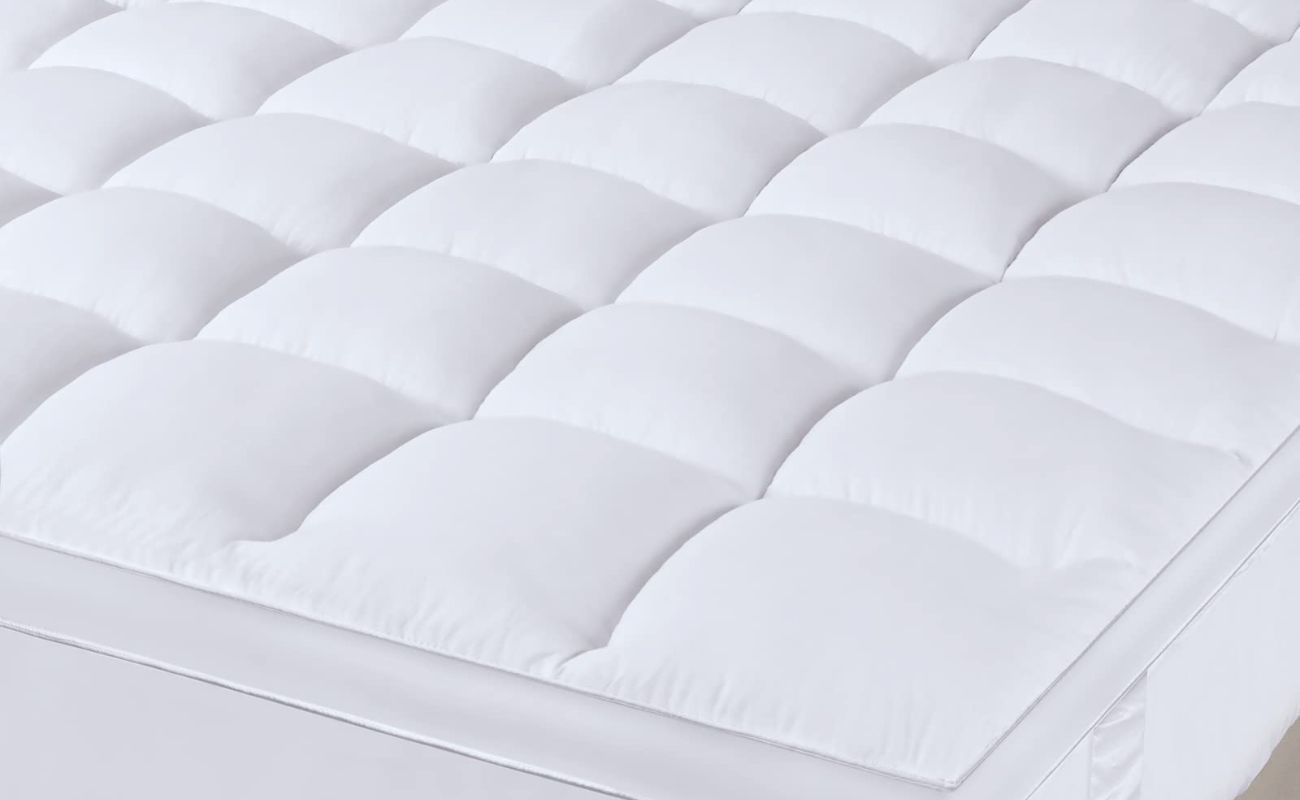
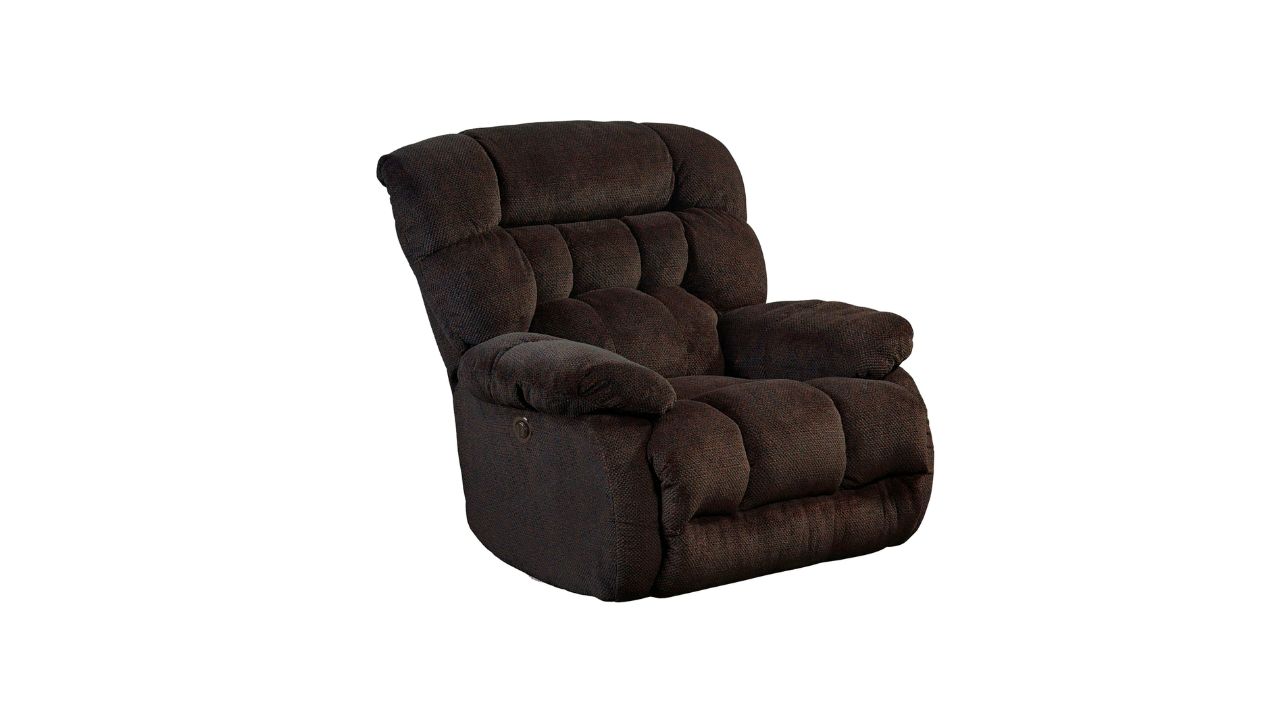
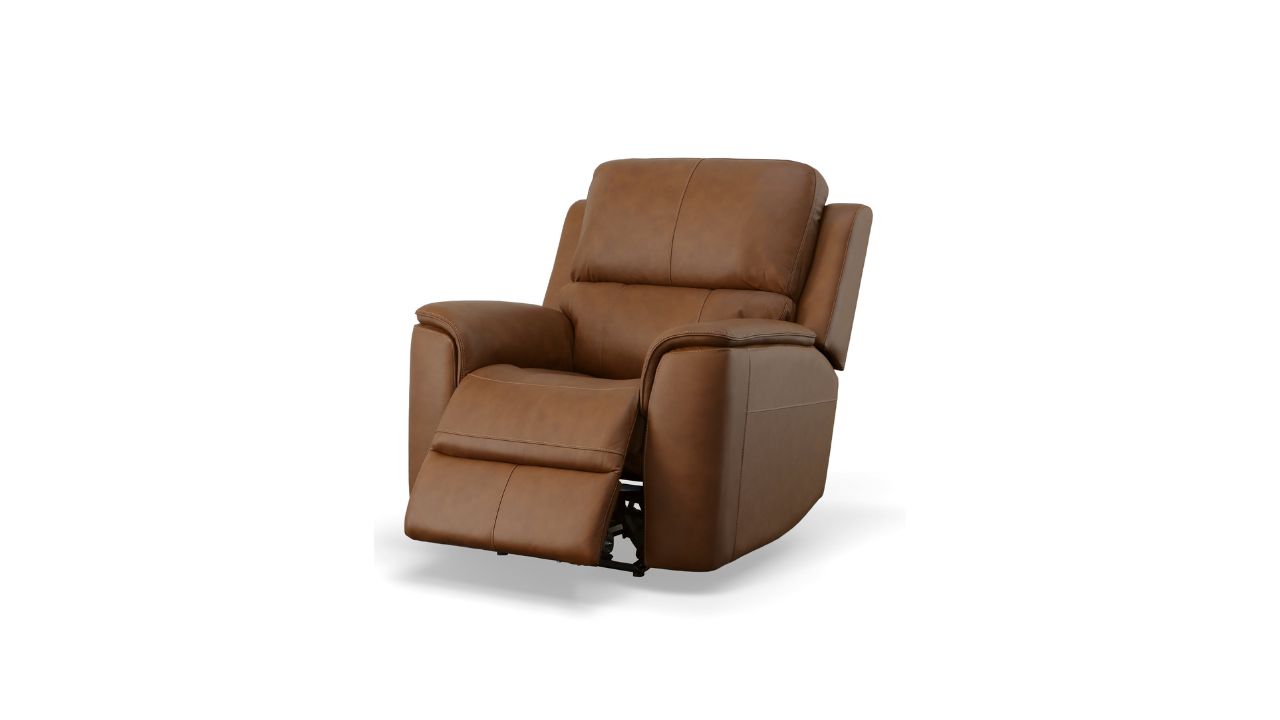
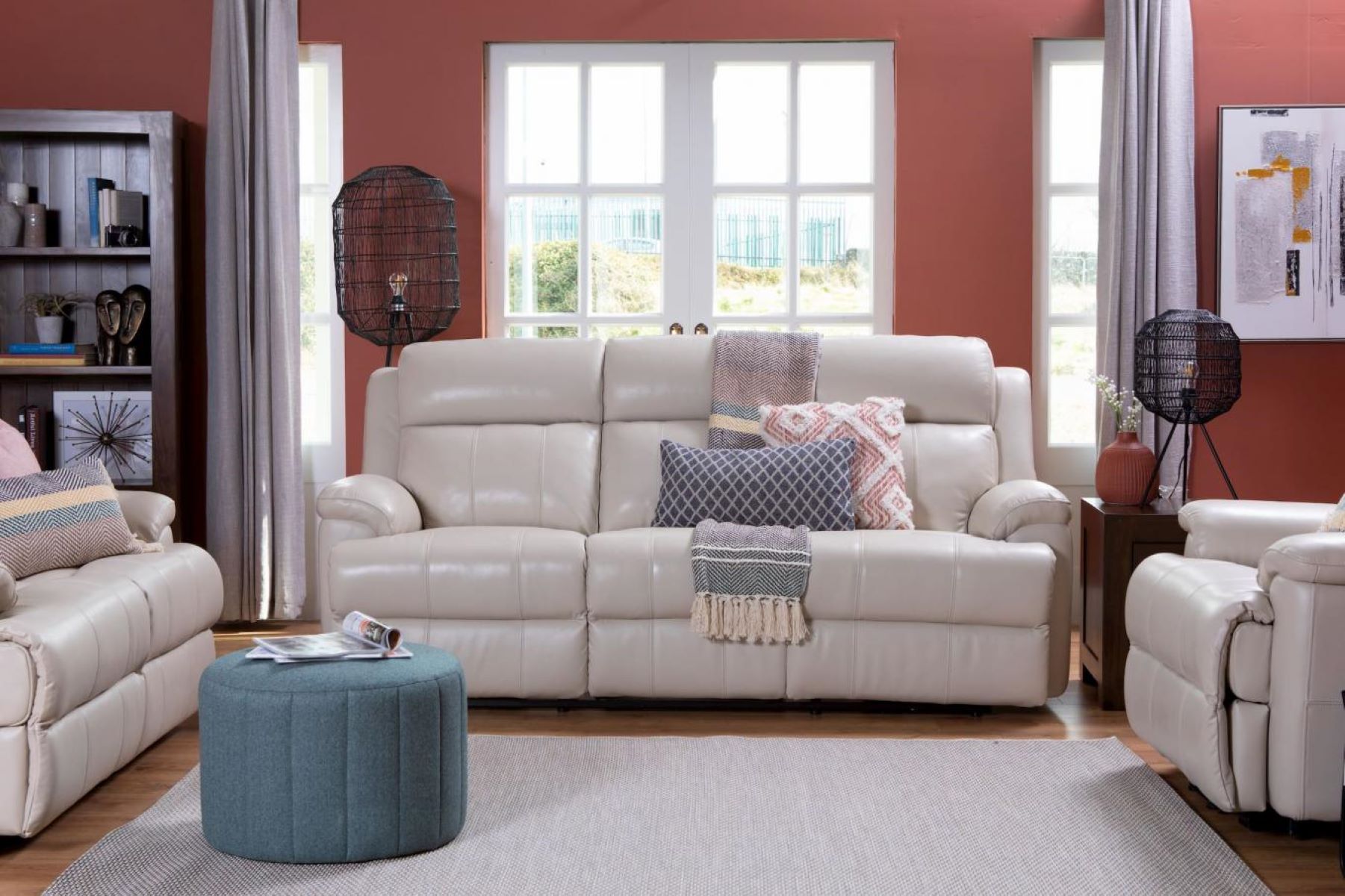
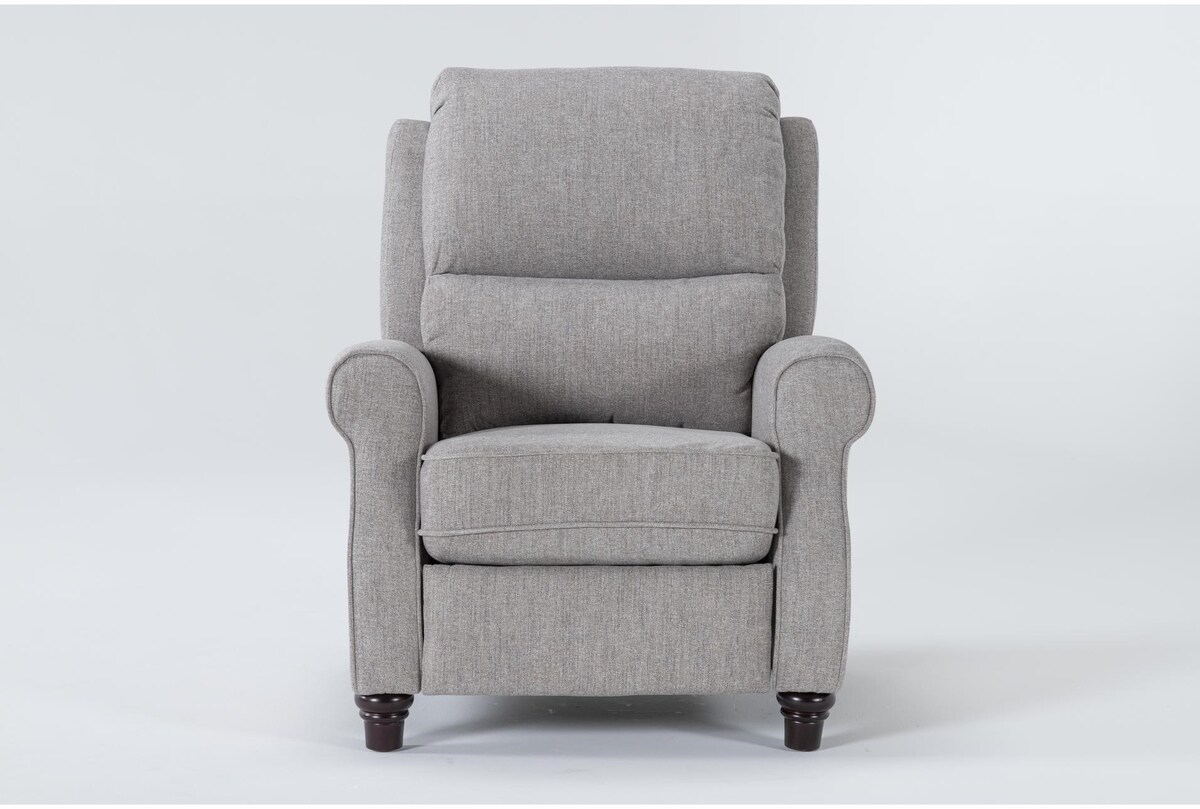
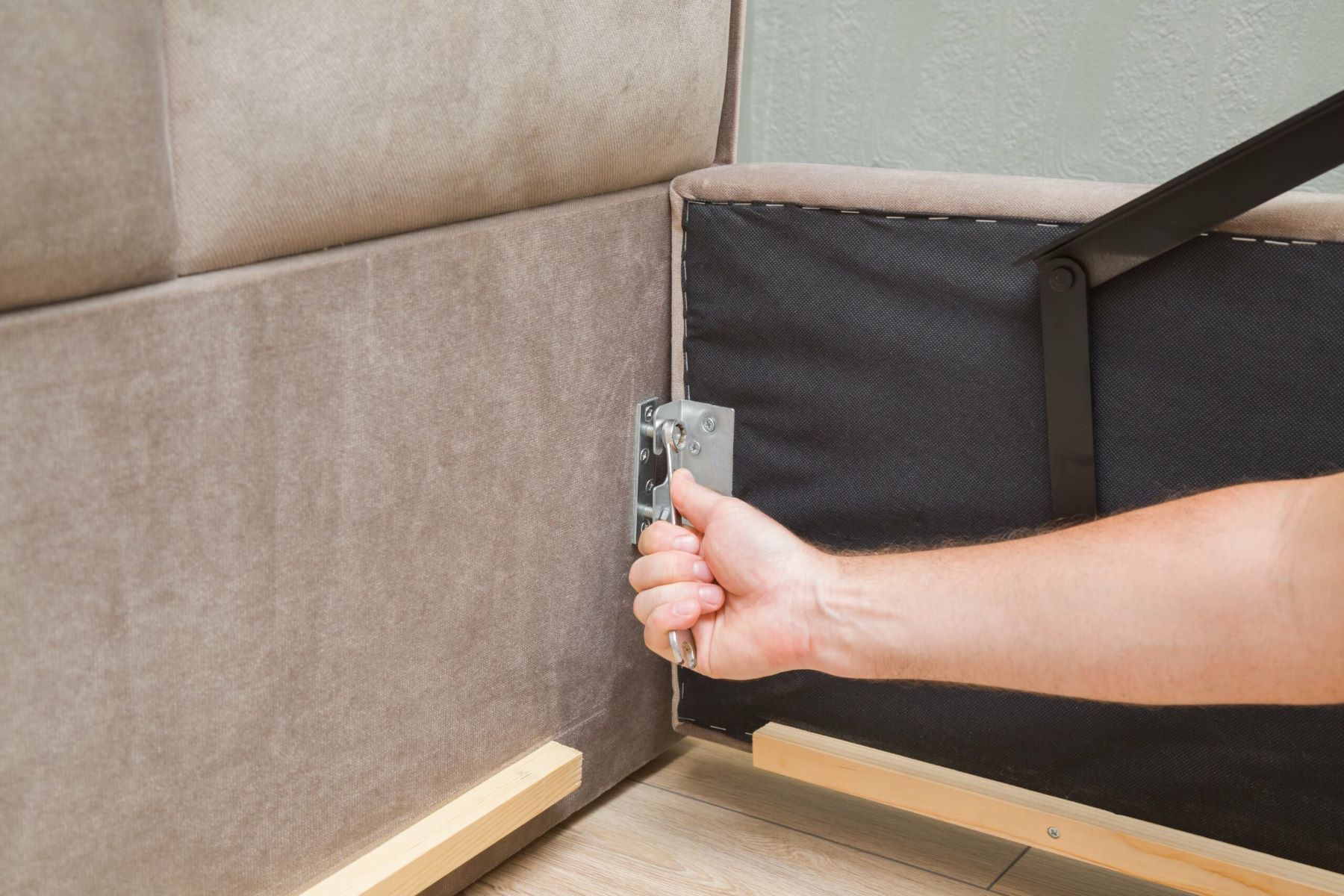

0 thoughts on “How To Sit In A Recliner With Lower Back Pain”